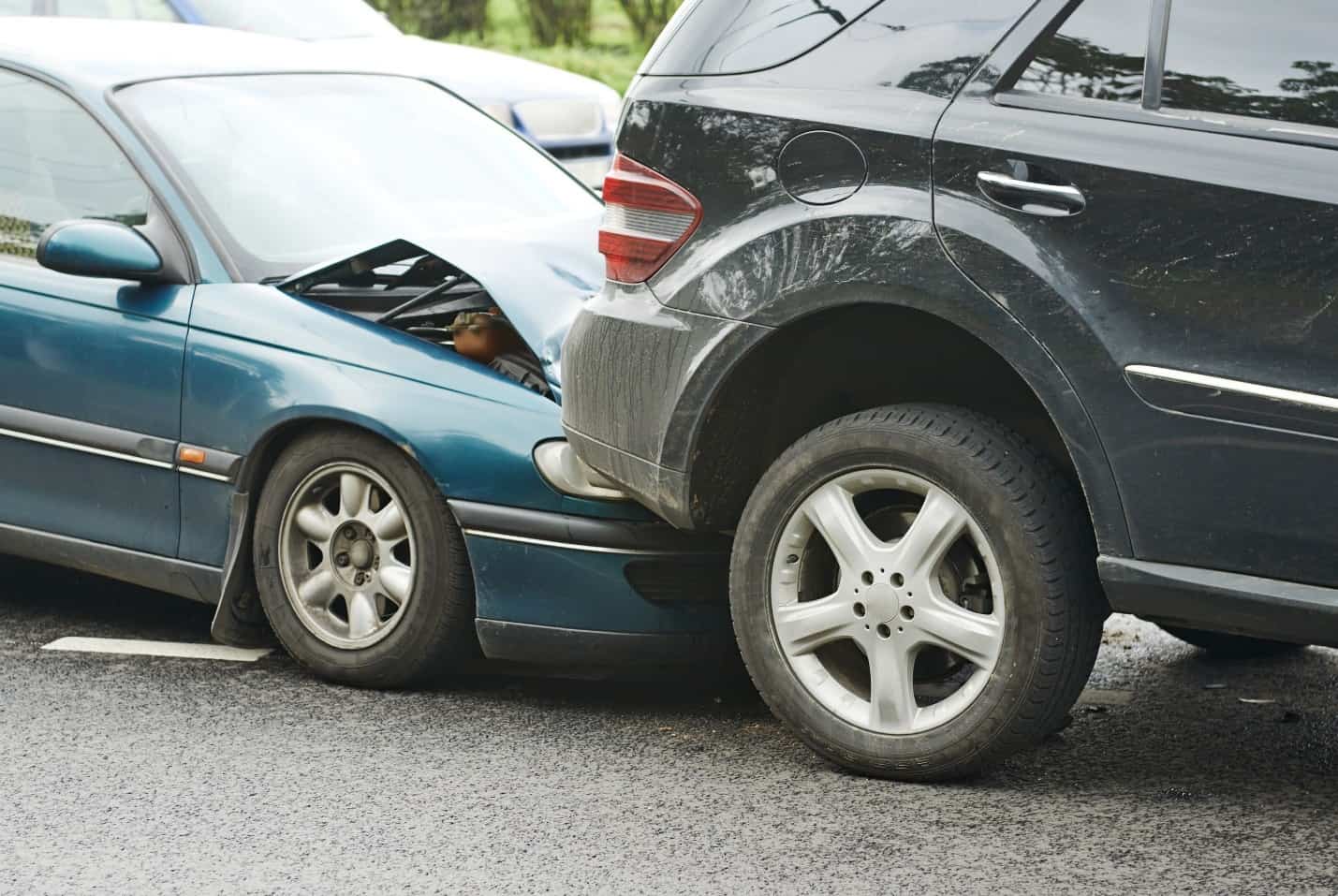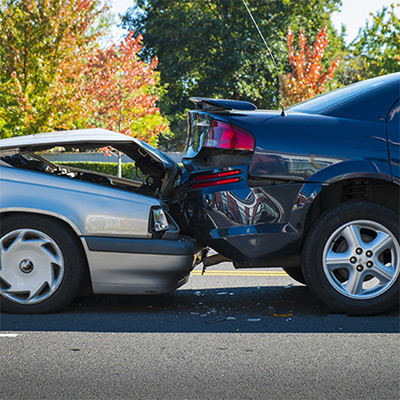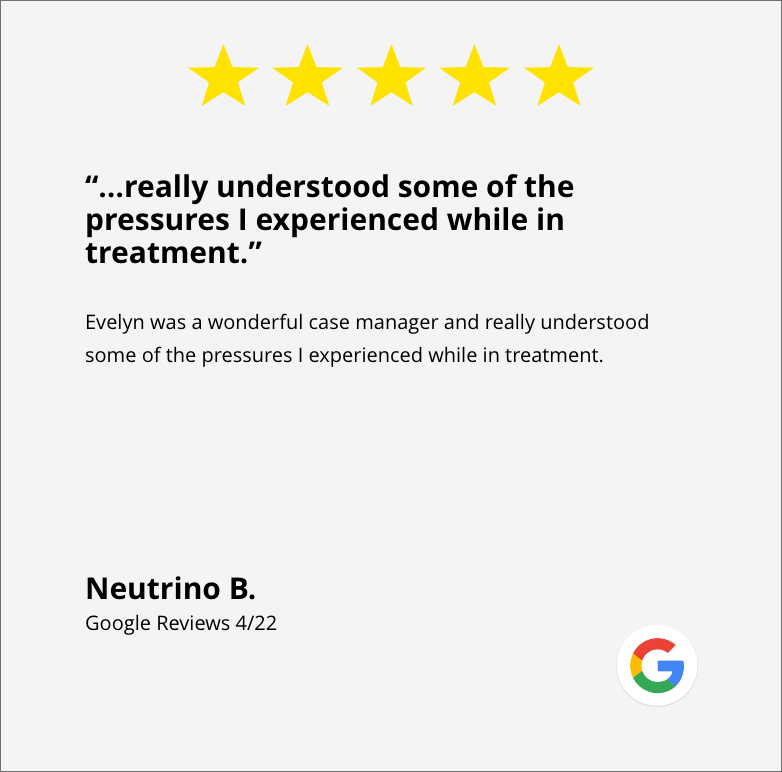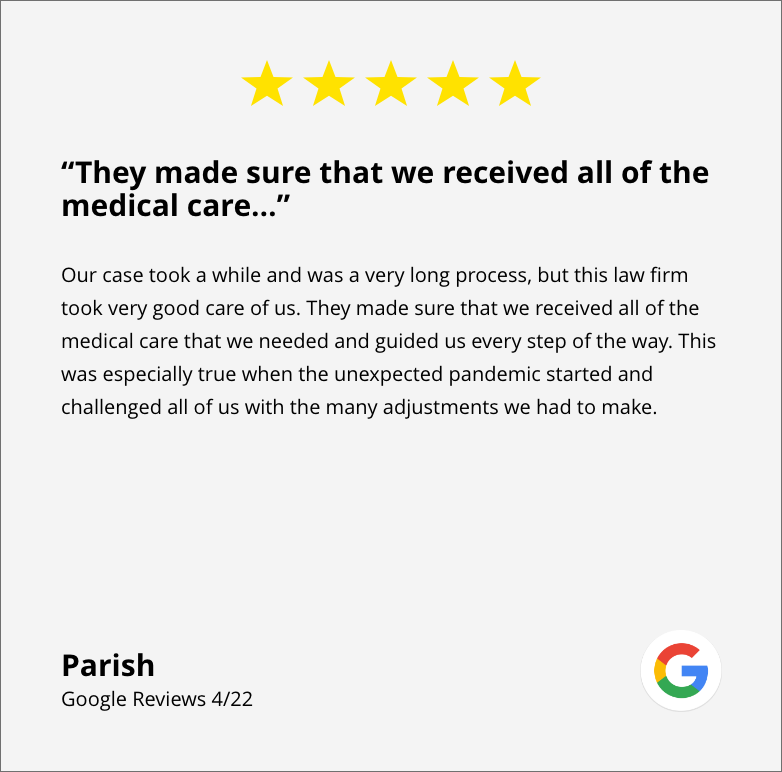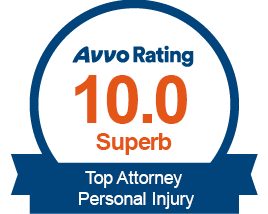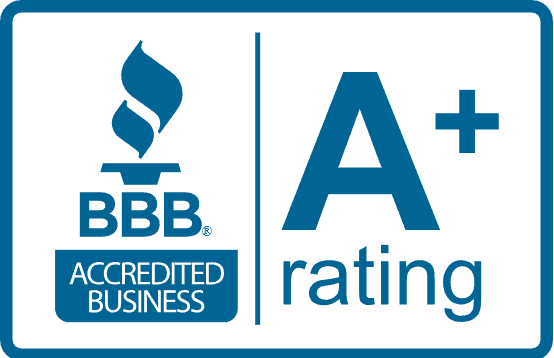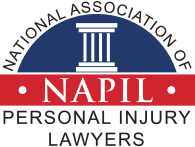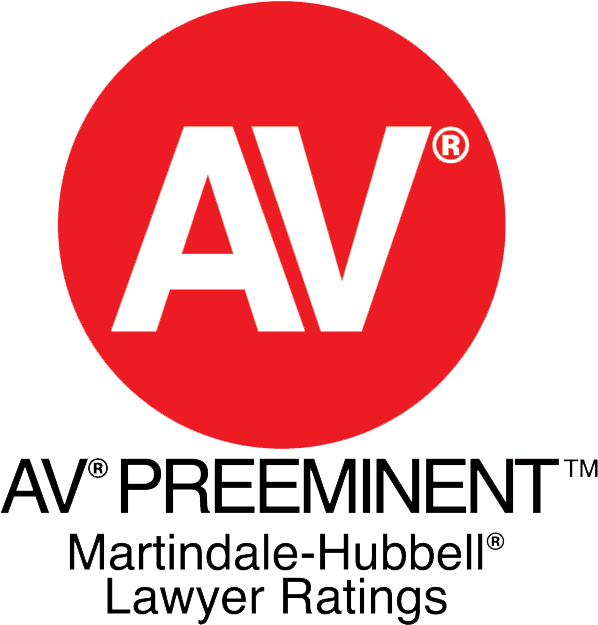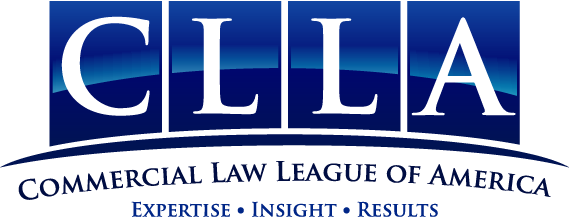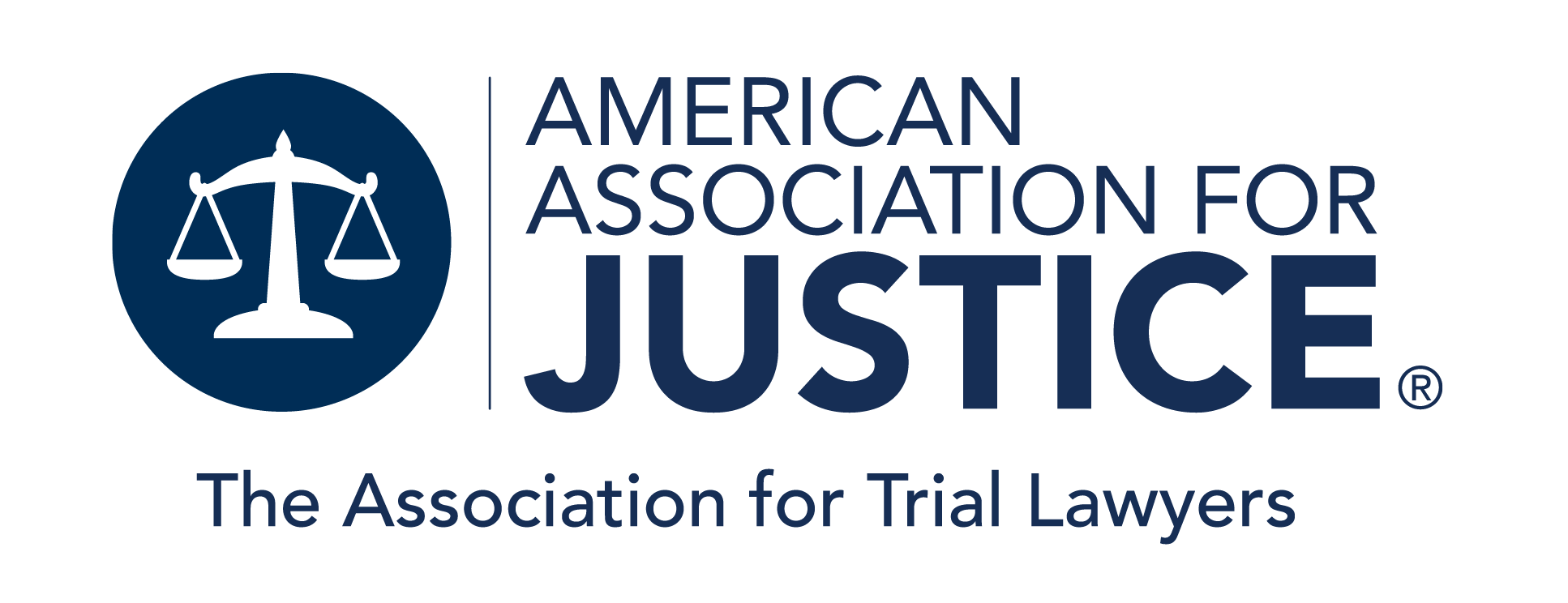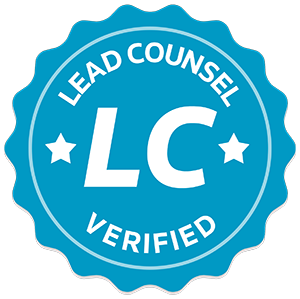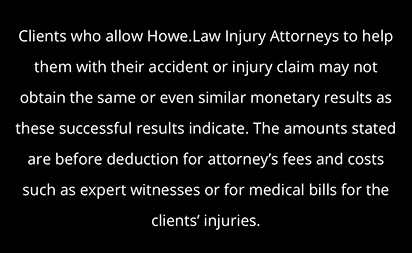Understanding personal injury treatment options is crucial to navigating recovery effectively after a personal injury. This guide provides a comprehensive overview of various treatment modalities available to personal injury patients.
From initial steps to detailed descriptions of both invasive and non-invasive treatments, the following information aims to empower individuals seeking help.
Understanding Personal Injuries
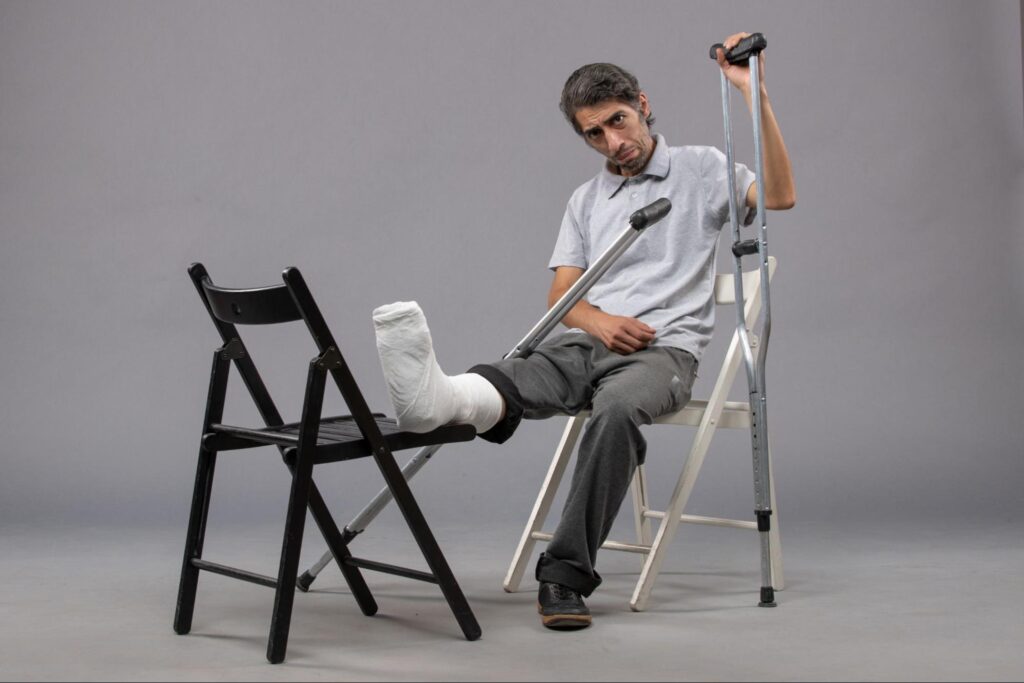
Personal injuries can occur in a myriad of ways, often resulting from accidents or negligent actions. They can affect an individual’s physical, emotional, and mental well-being, necessitating appropriate and timely treatment.
Recognizing the nature of a personal injury helps in identifying the most suitable treatment options. The impact of these injuries can extend beyond the immediate physical pain, influencing one’s daily activities, work life, and relationships.
In some cases, seeking professional legal guidance, such as from experts at Howe Law, can help ensure that your rights are protected and that you receive the necessary support for your recovery.
Therefore, addressing the physical aspects of an injury and the emotional and psychological ramifications that may arise is crucial.
Types of Personal Injuries
Personal injuries can be classified into various categories. Some common types include:
- Physical Injuries: These include fractures, sprains, and soft tissue injuries.
- Emotional Injuries: Psychological trauma resulting from accidents or assaults, such as PTSD.
- Chronic Injuries: Injuries that persist over time, often requiring ongoing treatment.
Each type of injury may warrant different treatment approaches, underscoring the importance of professional medical advice.
For instance, physical injuries may require physical therapy or surgical intervention, while emotional injuries might benefit from counseling or cognitive behavioral therapy.
Additionally, chronic injuries often necessitate a multidisciplinary approach, combining medical treatment with lifestyle modifications to manage pain and improve function. Understanding these distinctions is essential for effective recovery and rehabilitation.
Common Causes of Personal Injuries
Understanding the common causes of personal injuries can aid in prevention and awareness. Some prevalent causes include:
- Traffic Accidents: Collisions involving vehicles, pedestrians, bicycles, or motorcycles.
- Slip and Falls: Injuries arising from accidents on slippery surfaces or uneven terrains.
- Assaults: Physical injuries resulting from violent confrontations.
Recognizing the causes can help individuals avoid such situations while emphasizing the need for immediate intervention if an injury occurs.
Furthermore, understanding the legal implications of personal injuries can empower victims to seek justice and compensation, ensuring that responsible parties are held accountable for their actions. This awareness not only aids in personal recovery but also fosters a culture of safety and responsibility in the community.
Initial Steps After a Personal Injury
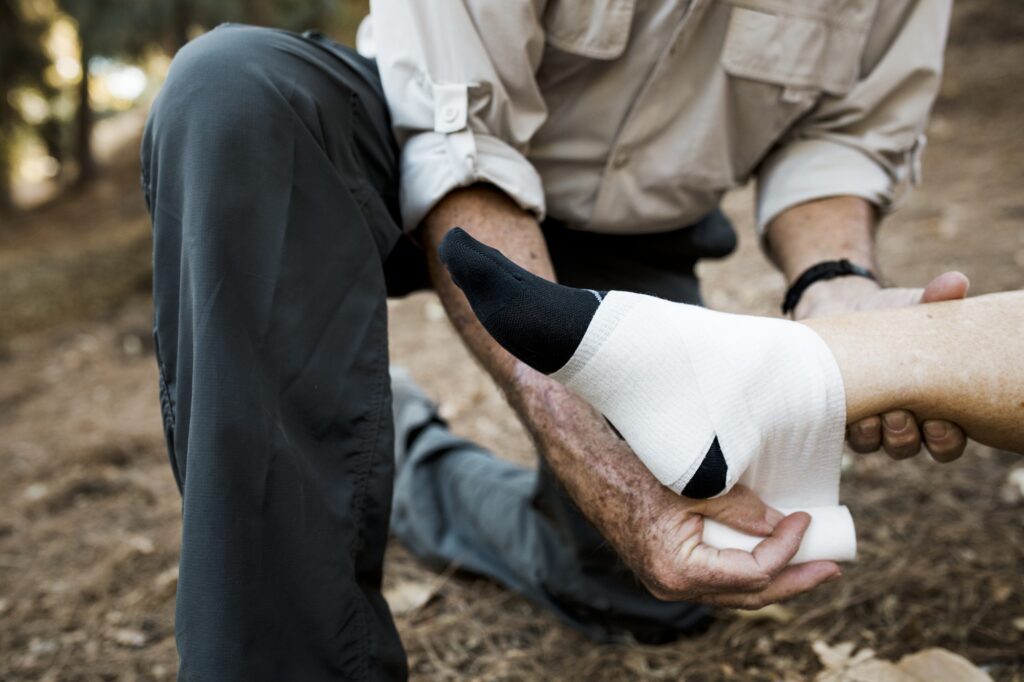
The moments following a personal injury are critical for both physical recovery and legal considerations. Taking prompt and appropriate action can significantly influence the recovery process.
Seeking Immediate Medical Attention
One of the first steps after sustaining a personal injury is to seek medical attention. Even if the injury seems minor, a professional evaluation is essential to rule out any serious conditions. Medical professionals can provide treatment and document injuries, which is crucial for any potential legal cases.
In some cases, individuals may avoid seeking help due to fear or disbelief regarding the seriousness of the injury. However, timely intervention can prevent long-term complications and ensure that the recovery process begins swiftly.
Additionally, a medical professional can provide guidance on rehabilitation options, which may include physical therapy or follow-up appointments, further aiding in the healing journey.
Documenting the Injury
Documentation is key to substantiating claims and facilitating a smoother recovery process. Individuals should consider:
- Keeping a Record: Write down details of the incident, including location, time, and individuals involved.
- Taking Photographs: Visual evidence can play a significant role in illustrating the circumstances surrounding the injury.
- Collecting Medical Records: Maintain copies of medical evaluations, treatments, and any prescriptions related to the injury.
This documentation will prove invaluable when discussing the case with legal professionals or insurance companies. Furthermore, keeping a journal detailing daily pain levels, emotional distress, and any changes in lifestyle can provide an insightful narrative that supports your case.
This personal account not only aids in legal discussions but also serves as a therapeutic outlet, helping individuals process their experiences during a challenging time.
Non-Invasive Treatment Options
Noninvasive treatments are often the first line of defense in managing personal injuries. They emphasize rehabilitation and emotional support and alleviate symptoms without the need for surgical procedures.
These methods focus on physical recovery and address the psychological aspects of healing, ensuring that patients regain confidence and a sense of well-being as they progress through their rehabilitation journey.
Physical Therapy for Personal Injuries
Physical therapy is a common approach to treating various personal injuries. Physical therapists work with patients to restore movement, strengthen muscles, and alleviate pain through tailored exercises and modalities such as heat therapy, ultrasound, or electrical stimulation.
The personalized nature of physical therapy means that each treatment plan is designed to meet the individual’s unique needs, taking into account their specific injury, lifestyle, and recovery goals.
Benefits of physical therapy include:
- Improved range of motion
- Decreased pain levels
- Enhanced muscle strength and coordination
Engaging in regular sessions allows for gradual recovery and helps prevent the risk of re-injury. Additionally, physical therapists often educate patients on proper body mechanics and ergonomics, which can be invaluable in preventing future injuries and promoting a healthier lifestyle.
Chiropractic Care and Personal Injuries
Chiropractic care is another effective non-invasive treatment option, particularly for musculoskeletal injuries. Chiropractors focus on realigning the spine and joints to restore function and relieve pain.
This holistic approach addresses the immediate symptoms and seeks to enhance overall health by improving the body’s natural ability to heal itself.
This type of treatment often involves:
- Spinal manipulation
- Massage techniques
- Posture and movement training
Chiropractic care can complement physical therapy and provide comprehensive rehabilitation for patients recovering from injuries.
Furthermore, many chiropractors incorporate lifestyle advice, nutritional counseling, and stress management techniques into their practice, recognizing that a multifaceted approach can lead to more sustainable recovery and improved quality of life for their patients.
As a result, individuals often find themselves recovering from their injuries and adopting healthier habits that contribute to long-term wellness.
Invasive Treatment Options
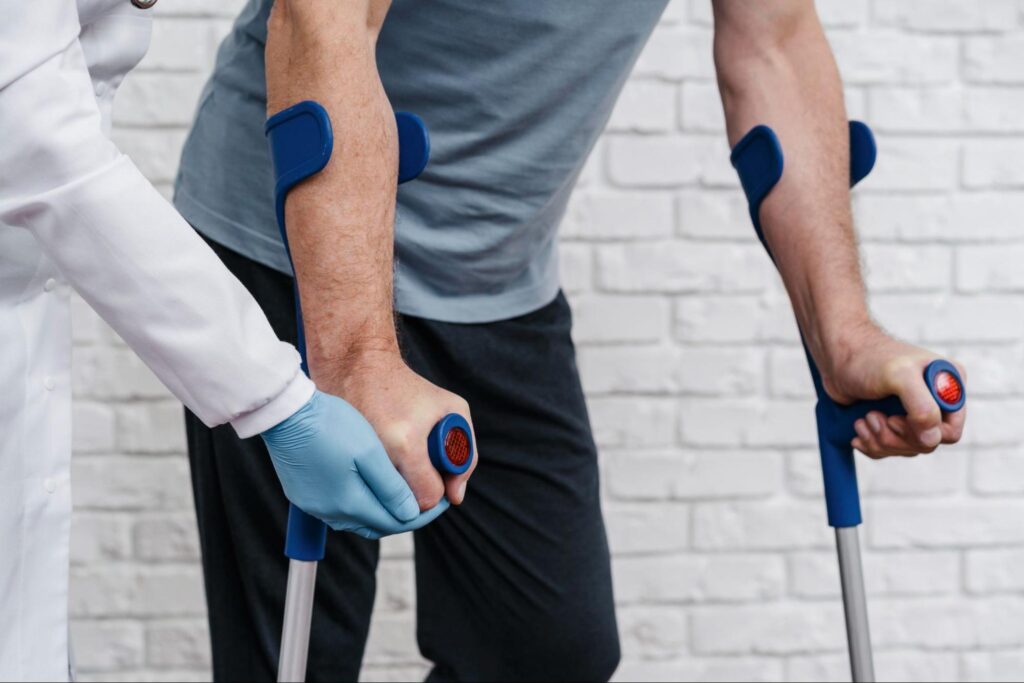
In some cases, non-invasive treatments may not provide sufficient relief, and invasive measures might become necessary. These options typically involve surgical procedures or potent medications.
The decision to pursue invasive treatment is often complex, influenced by the severity of the condition, the patient’s overall health, and the potential risks and benefits associated with the procedure.
Patients should be well-informed about their choices, as the implications of undergoing invasive treatments can be significant and long-lasting.
Surgery for Personal Injuries
Surgical intervention may be required for severe injuries, particularly when structural damage occurs. Common surgical procedures for personal injuries include:
- Joint Repairs: Reconstructing torn ligaments or damaged cartilage.
- Fracture Fixation: Aligning and stabilizing broken bones through plates, screws, or rods.
- Disk Surgery: Addressing herniated or bulging disks in the spine.
Before opting for surgery, it’s vital to discuss all possible options thoroughly with healthcare professionals to ensure it is the best course of action. Additionally, patients should consider the rehabilitation process that follows surgery, as recovery can be lengthy and may require physical therapy to regain strength and mobility.
Understanding the expected recovery timeline and potential complications can help patients mentally prepare for the journey ahead.
Medication and Drug Therapy
Invasive treatment may also encompass medication prescribed for pain relief and inflammation management. Common medications include:
- Non-steroidal anti-inflammatory drugs (NSAIDs)
- Opioids for severe pain
- Muscle relaxants for muscle spasms
It is essential to follow prescribed dosages and consult a medical professional regarding any concerns or side effects related to the medication.
Furthermore, patients should be aware of the potential for dependency, particularly with opioid medications, and explore alternative pain management strategies, such as physical therapy or cognitive behavioral therapy, which can complement pharmacological treatments.
Open communication with healthcare providers about medication effectiveness and any adverse reactions is crucial to tailor a safe and effective treatment plan.
Alternative Treatment Options
In addition to traditional treatments, many individuals seek alternative therapies to complement their healing process. These options can provide additional support for both physical and emotional recovery.
As healthcare continues to evolve, a growing number of people are turning to holistic approaches that focus on the whole person rather than just the symptoms of their injuries. This trend reflects a broader understanding of wellness, where mental, emotional, and physical health are interconnected.
Acupuncture for Personal Injuries
Acupuncture involves inserting thin needles into specific points on the body to alleviate pain and restore balance. Many personal injury victims find relief through acupuncture by effectively reducing pain and promoting relaxation.
This ancient practice, rooted in Traditional Chinese Medicine, is believed to stimulate the body’s natural healing processes and can be particularly beneficial for conditions like back pain, migraines, and joint injuries.
Benefits of acupuncture include:
- Reduced pain and inflammation
- Improved circulation
- Enhanced emotional well-being
Consulting with a licensed acupuncturist can help determine suitability based on the individual’s specific injuries. Moreover, acupuncture can also serve as a preventive measure, helping individuals maintain their overall health and reduce the risk of future injuries by promoting a balanced state of well-being.
Massage Therapy and Personal Injuries
Massage therapy can be an excellent adjunct to traditional treatments as it helps to relieve tension, promote circulation, and enhance recovery from personal injuries. Therapeutic massage may include:
- Deep tissue massage for chronic pain relief
- Sports massage for recovery after physical activity
- Swedish massage for relaxation and stress relief
Individuals interested in massage therapy should seek licensed practitioners with expertise in treating injuries to ensure safe and effective treatment. Massage therapy can offer physical benefits and crucial emotional healing.
The soothing nature of massage can help reduce anxiety and depression, which are common in individuals coping with the aftermath of an injury. Additionally, the therapeutic touch can foster a sense of connection and care, often needed during recovery.
Furthermore, many practitioners now incorporate techniques such as myofascial release and trigger point therapy, which target specific muscle groups and fascia to alleviate pain and restore function. These specialized methods can be particularly effective for individuals recovering from sports-related injuries or those experiencing chronic pain conditions.
By combining various massage techniques, therapists can create customized treatment plans that address each patient’s unique needs, ultimately enhancing the overall healing experience.
Conclusion
Recovering from a personal injury involves understanding your treatment options and taking proactive steps to heal physically, emotionally, and mentally. By exploring both traditional and alternative therapies and seeking professional support when needed, you can build a recovery plan tailored to your needs and regain your quality of life.
If you or a loved one has suffered a personal injury, don’t face the journey alone. Contact Howe Law for a free consultation to discuss your case and explore your options. Call 888-559-7940, available 24/7, or visit Howe Law to get the expert support you deserve.
Related Articles

